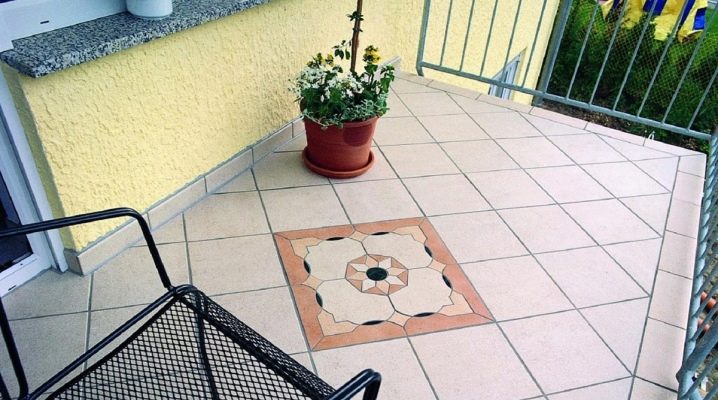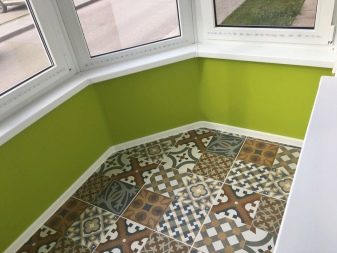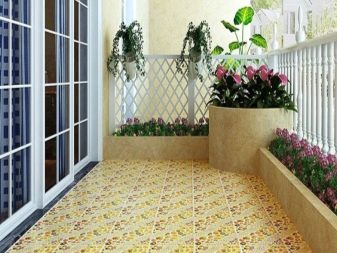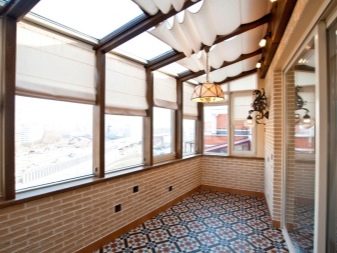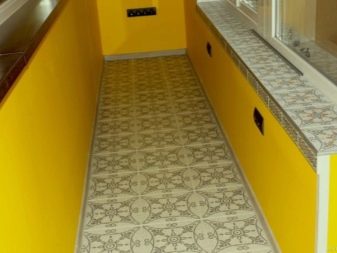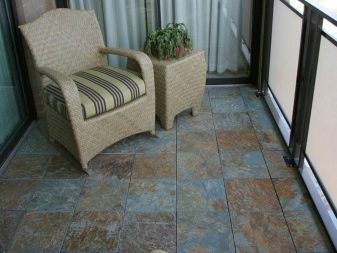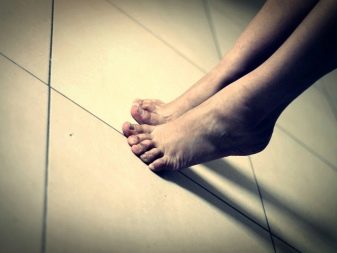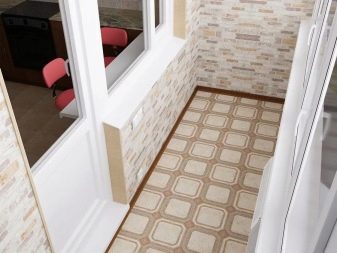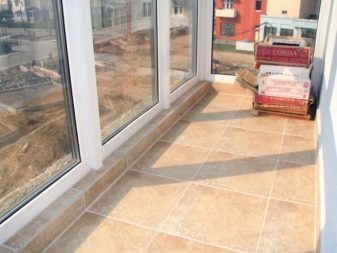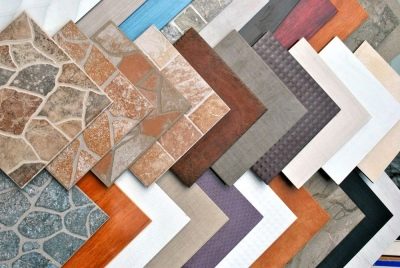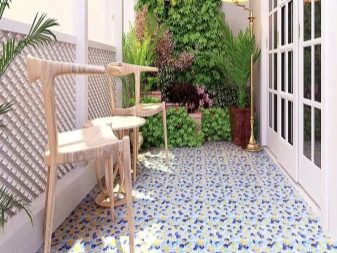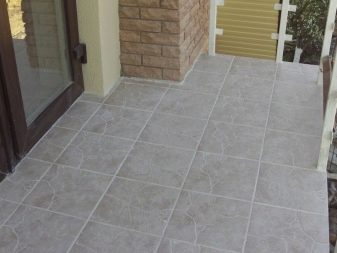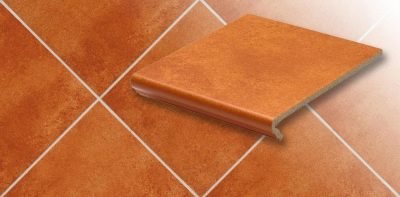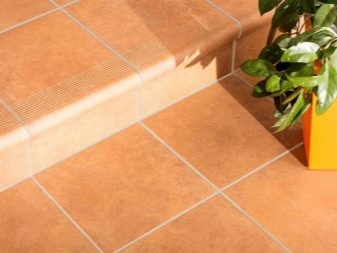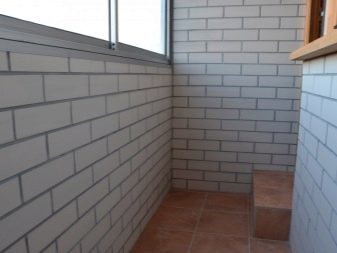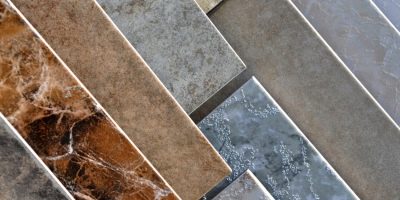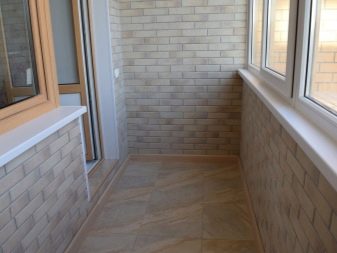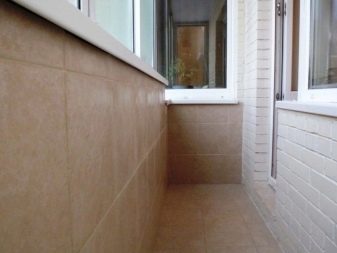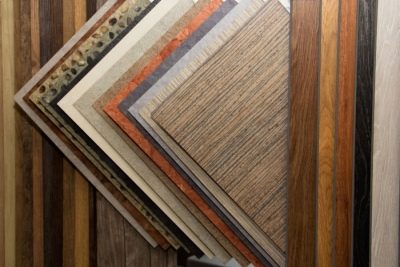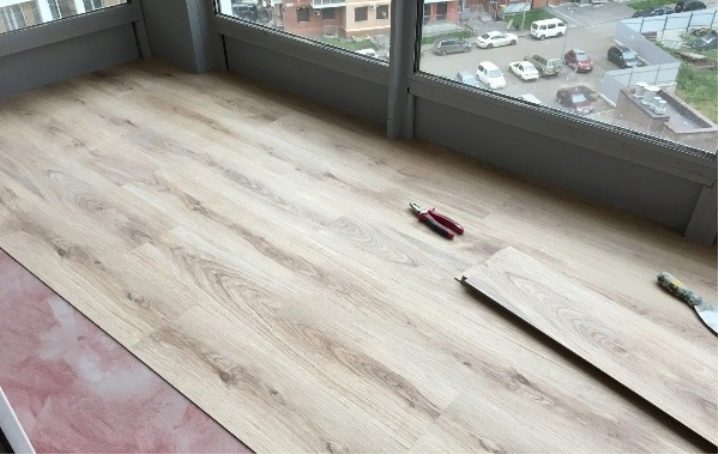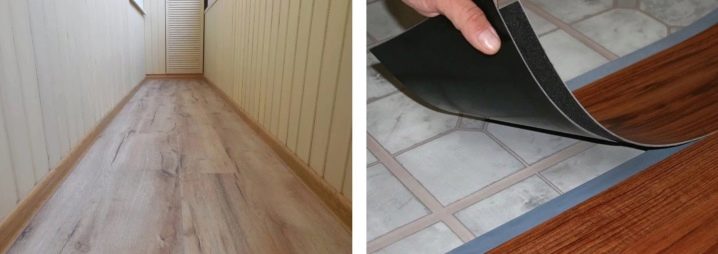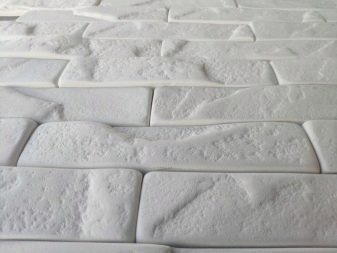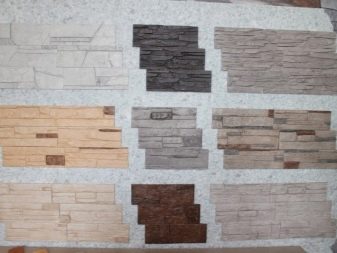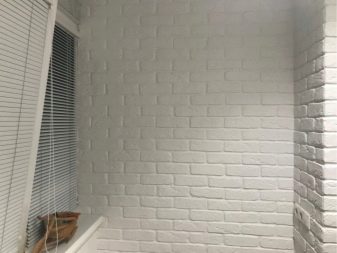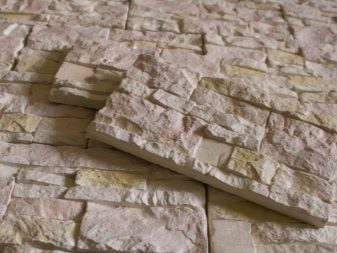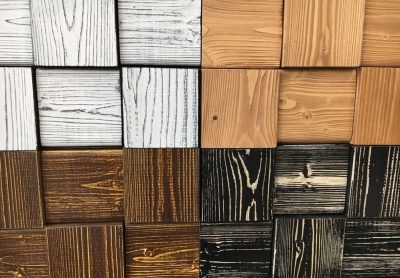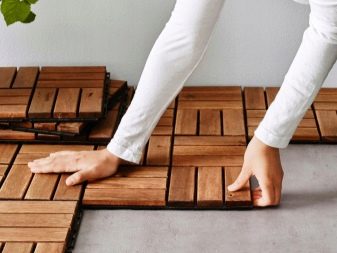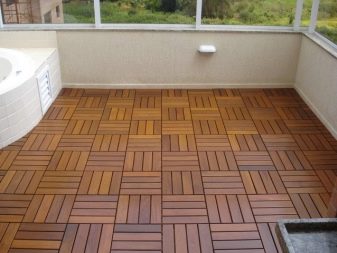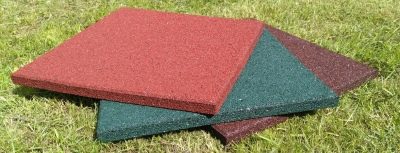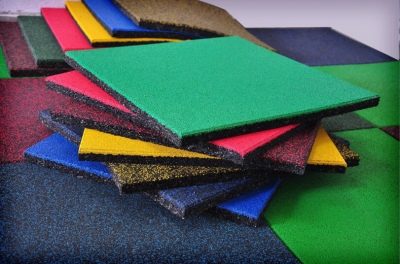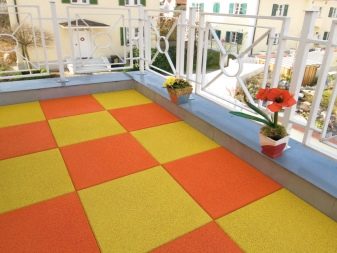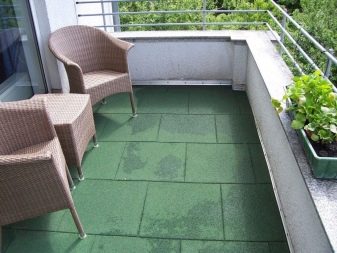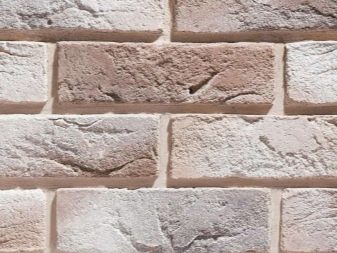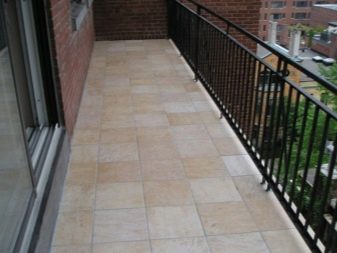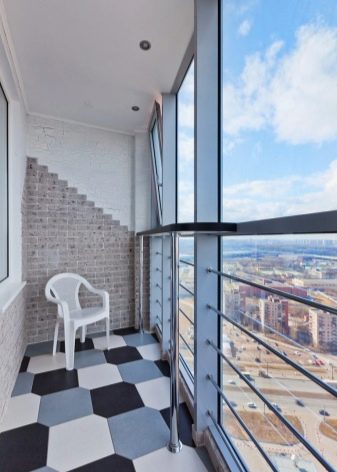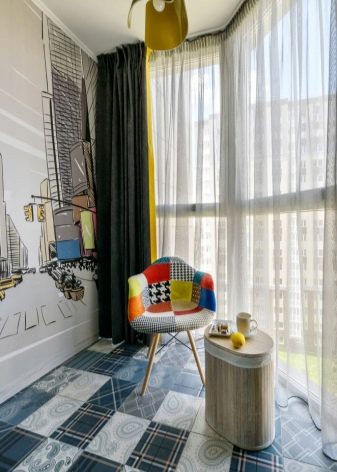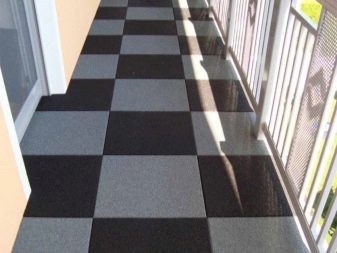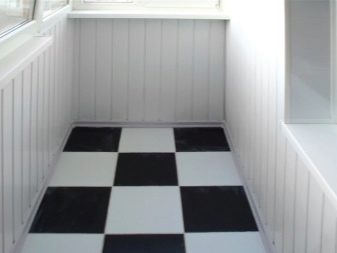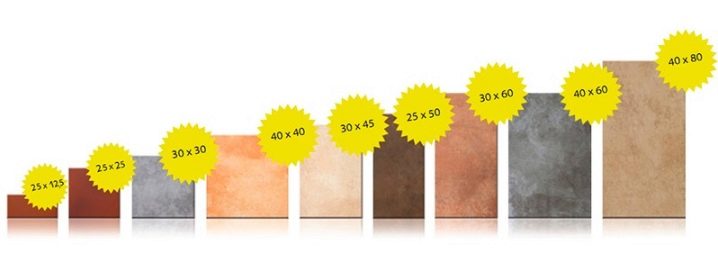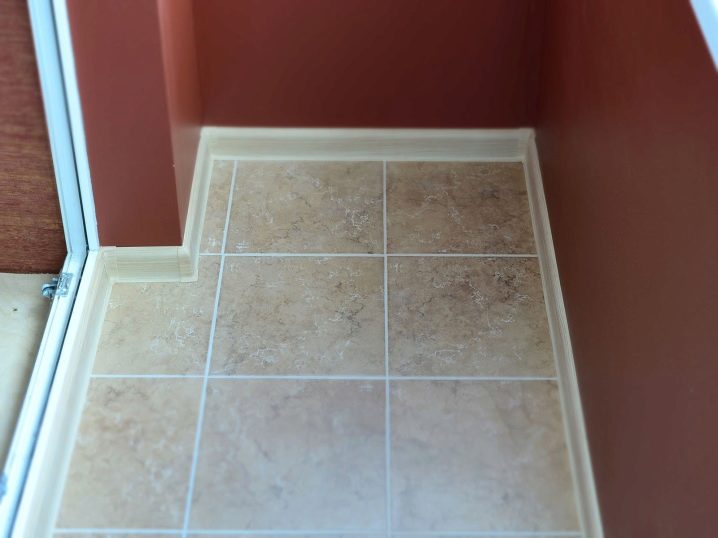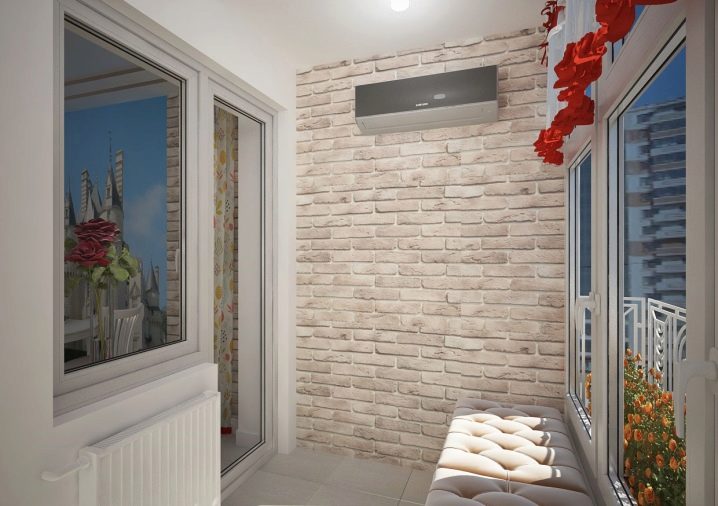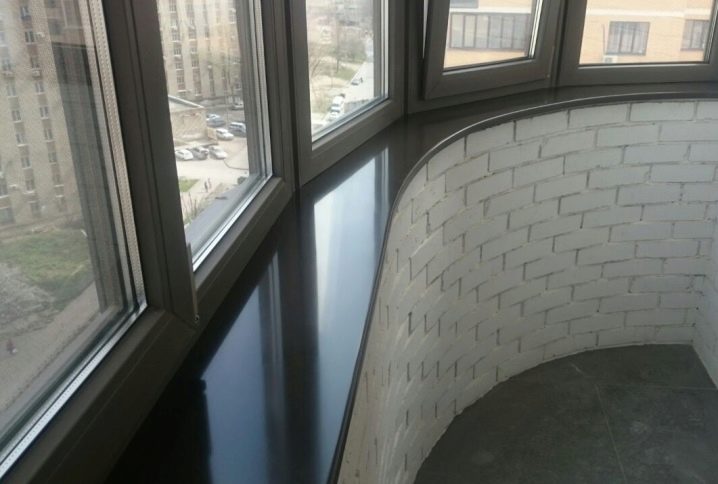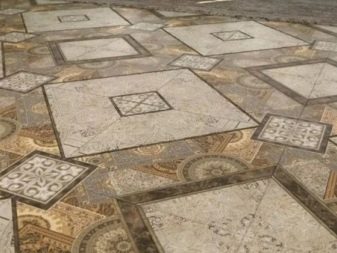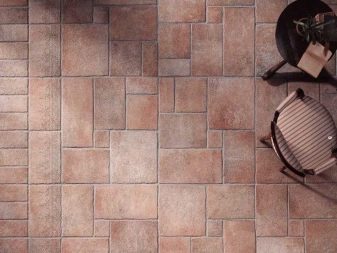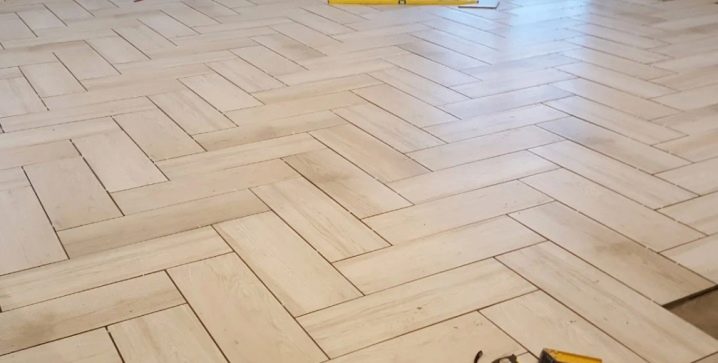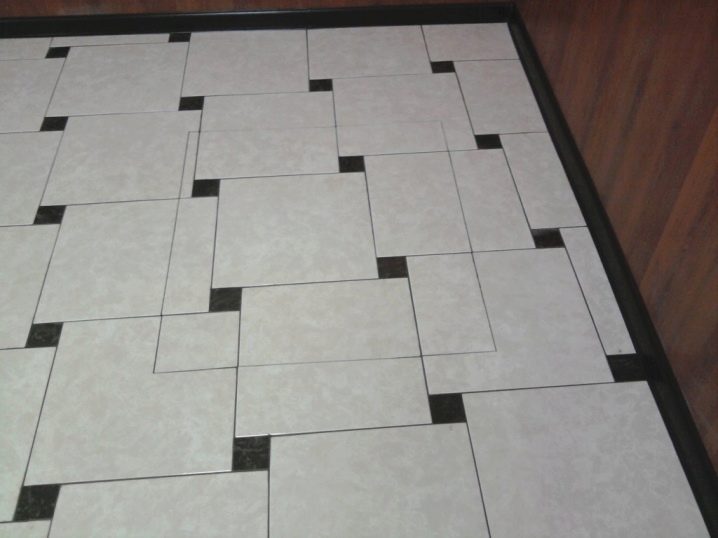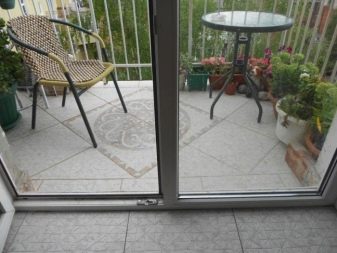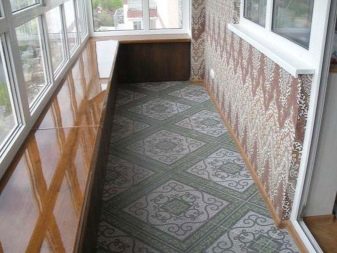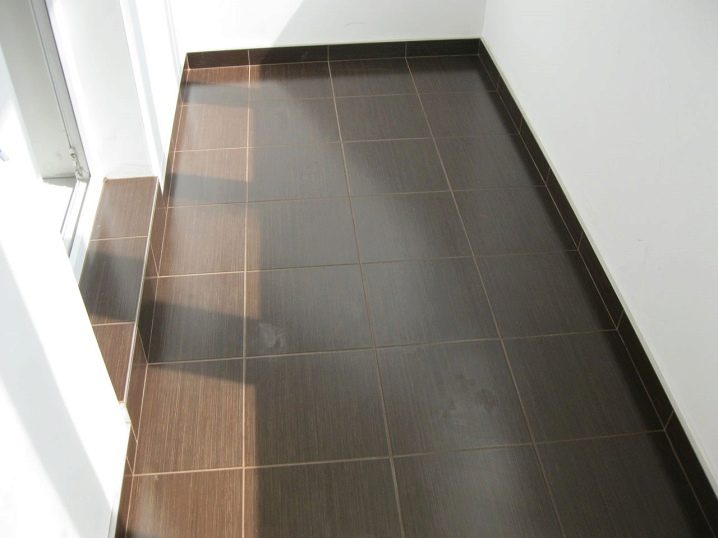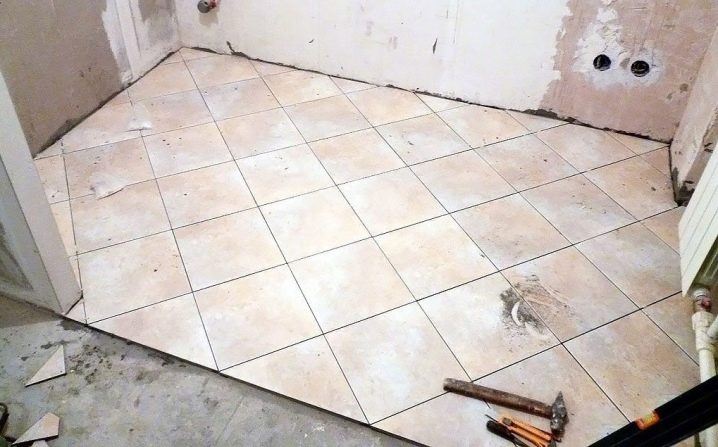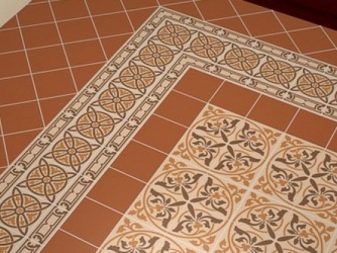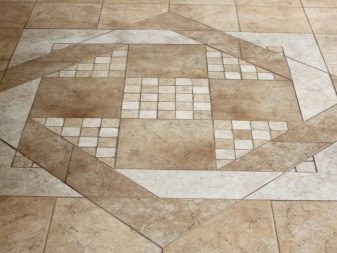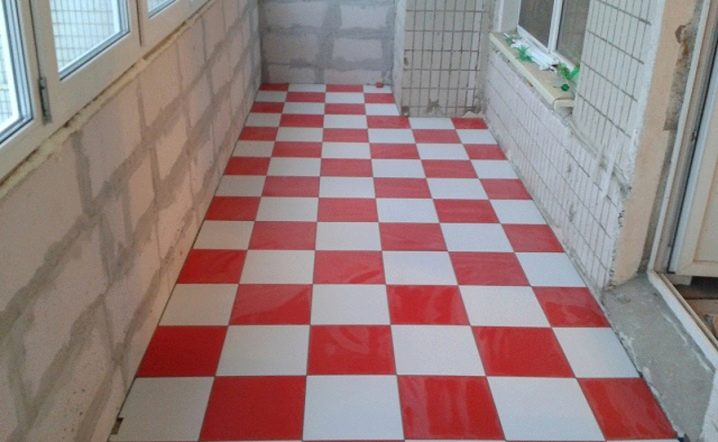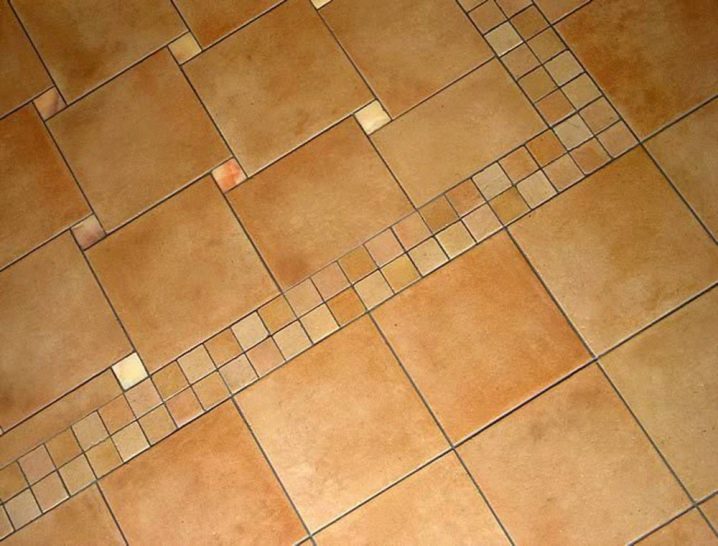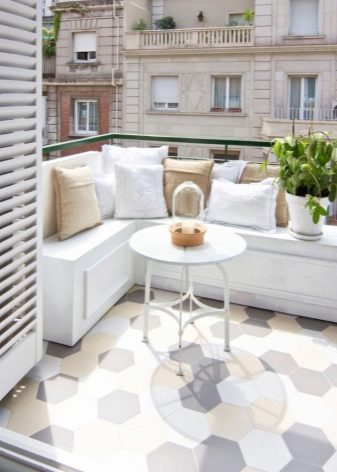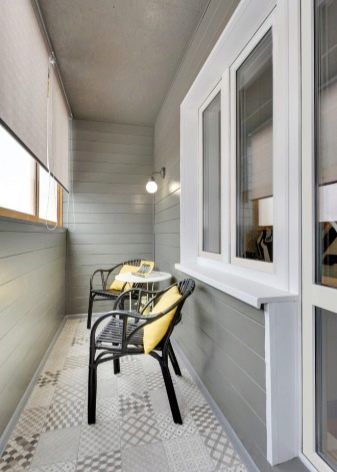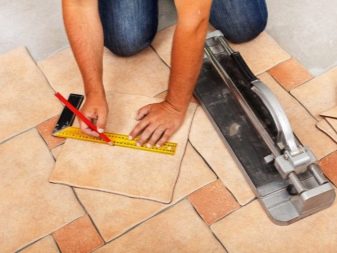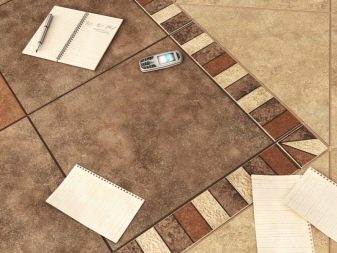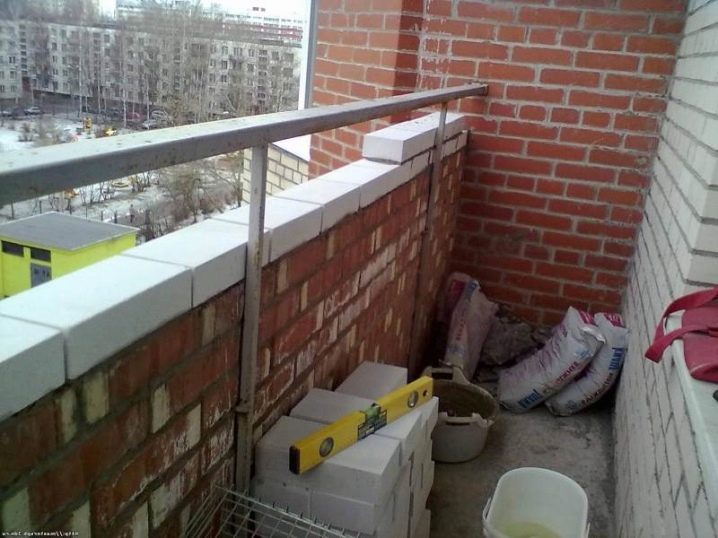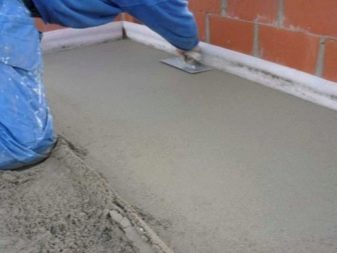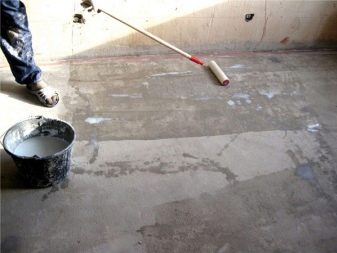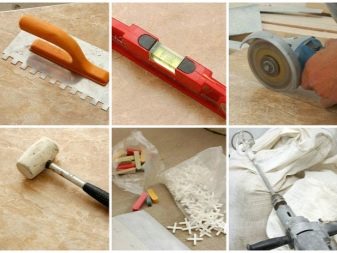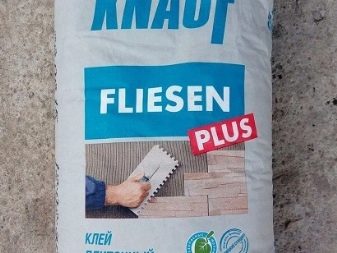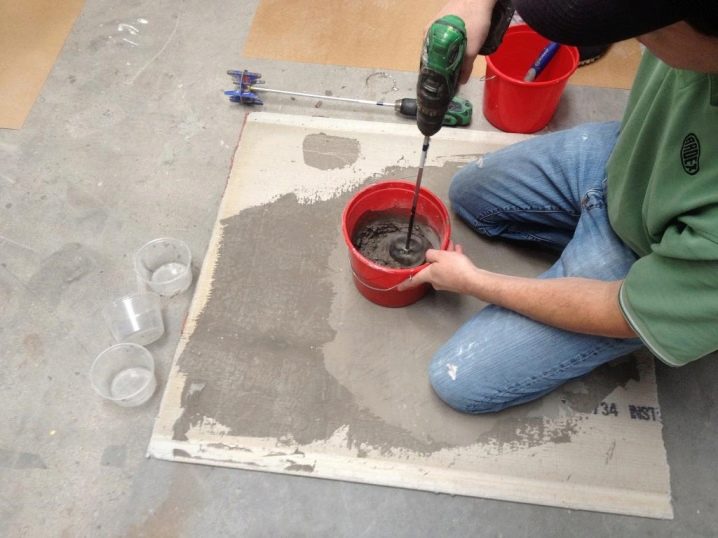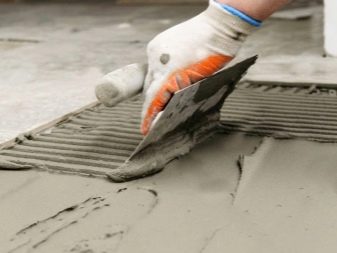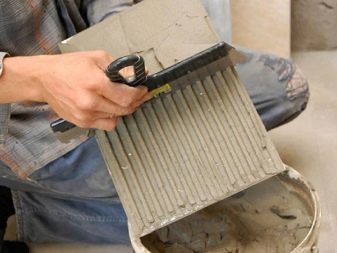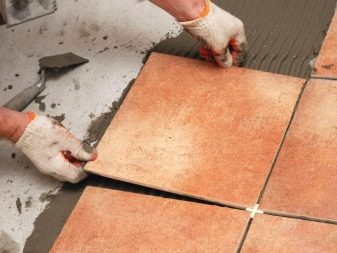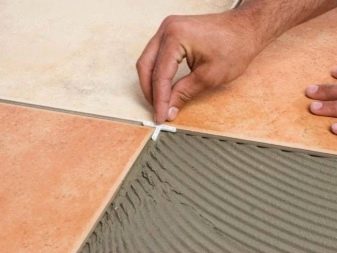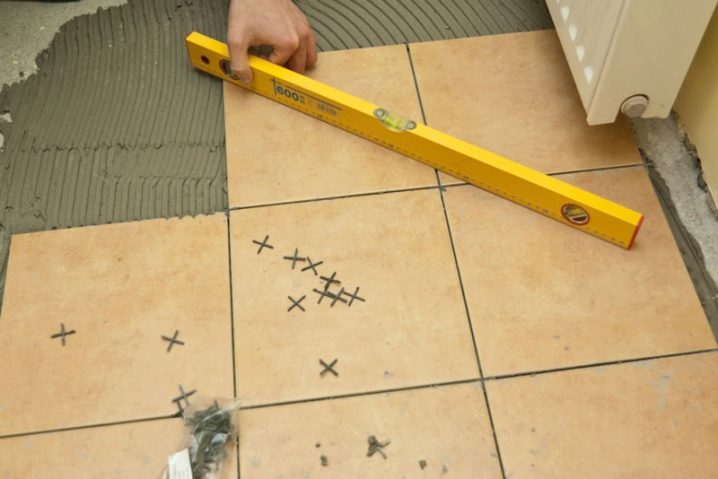What are the tiles on the balcony and how to install them?
The rooms of balconies and loggias are operated in the most difficult conditions, therefore, when decorating such zones, special attention should be paid to the selection of materials. Currently, there are a huge number of options for how to design these spaces. Tiles are often used. Today we will talk about the features of such a finishing material, as well as its pros and cons.
Advantages and disadvantages
This material for balcony areas has many important advantages. Let's highlight some of them.
- Easy care. The tiled coating will not require special care, it is easy to clean, and you can use a variety of detergents when cleaning. In addition, this material is considered the most hygienic.
- Strength. The tile boasts a high level of strength, it can serve for a long time.
- Wear resistance. Such a base will not lose all its basic characteristics and attractive appearance even with constant exposure to moisture, various chemical detergents.
- Environmental friendliness. These coatings are made from components that are safe for humans.
- Beautiful design. Currently, a huge amount of this material is produced for decoration, it has a wide variety of colors and decorative patterns.
But such a basis may have some drawbacks.
- Low level of thermal conductivity. This disadvantage is almost always cold to the touch.
- Slippery. As a rule, building tiles are quite slippery, but today special models with an anti-slip coating are available.
Species overview
Today, manufacturers can offer a considerable number of different models of these finishing bases. Let's highlight some of the varieties separately.
Tiled
This option is considered the most common. These products are made on the basis of sand, water and clay. They have a huge variety of colors and patterns.
Ceramic samples are moisture resistant, they can easily withstand even frequent exposure to moisture.
Also, the tile is particularly durable. The surface of the tile will not deteriorate from abrasion by abrasive materials or chemicals. These models also have good frost resistance, so they will be a suitable option for decorating balcony rooms. They are easy to clean with plain warm water and a soft cloth.
Clinker
This variety is produced on the basis of shale peat clays, which are subjected to strong heat treatment. Such models are considered quite reliable and durable. They, like the previous version, boast increased water resistance. Clinker tiles are quite frost-resistant. These types of tile coverings are distinguished by the most beautiful decorative external design.
They are often also used to decorate the facades of houses.
Porcelain stoneware
This tile has an attractive appearance. It is made on the basis of special white clay, quartz and feldspar. Porcelain stoneware has a high hardness and strength. Coatings made from it can easily last for many decades.
Due to the almost homogeneous structure of porcelain stoneware and the absence of voids in the inner part, the material has a rather low coefficient of water absorption. Porcelain stoneware has excellent moisture and frost resistance. It also has a higher density. This tile can resist the accumulation of various dirt, it will be easy to clean with abrasive compounds.
Quartz vinyl
This model is a kind of PVC, it consists of several layers firmly connected to each other. In this case, the front part is created from polyurethane, which gives the products maximum wear resistance and durability. Such vinyl tiles for finishing balconies and loggias also have a special decorative backing, which provides a beautiful decorative appearance to the finished coating. It can be very different in color. The bulk of the material has the highest density.
The finish will be quite pleasant to the touch. It will not emit harmful substances during operation. The coating is considered resistant to moisture, temperature extremes, and chemicals.
In addition, the variety practically does not slip, it is as durable as possible.
Quartz vinyl samples belong to the middle price category.
Gypsum
The tile is created on the basis of gypsum, sand and water. After the plaster mass has completely dried, it becomes sufficiently strong and wear-resistant. This base for decorating balconies has an original and beautiful look. These models of coatings can be made in a variety of colors. They are lightweight, which greatly simplifies their installation. Due to the high level of vapor permeability of gypsum products, the walls after finishing will be able to "breathe", so the formation of mold and mildew is excluded.
But it should be remembered that such a base undergoes crumbling under strong mechanical stress.
Wooden
Models of this type are made only from the most durable and wear-resistant wood bases. A special terrace board is often used. It boasts special strength, hardness, and density.
Wooden samples must undergo thorough processing, which significantly increases their operational life. Such products can be rectangular or square, all elements create an interesting pattern when decorating rooms.
Models made of wood are absolutely environmentally friendly, they will not emit harmful substances after installation. Products are easy to assemble, processed materials are highly resistant to moisture and temperature extremes.
Rubber
A tile made from a rubber base is absolutely safe for humans. It is almost impossible to slip on it. It can be single-layer or double-layer. The first option has a uniform color over the entire thickness at once, as well as a homogeneous structure that contains fractional crumbs.
The second option will differ in thickness. It should be at least 10 millimeters. This tile is made on the basis of unpainted fractional chips. In this case, the top layer is created from another colored, smaller crumb.
Rubber products are characterized by a high density of the front part. They can easily withstand various strong mechanical loads without damage.
Design
There are a large number of tile design options for finishing balcony rooms. Many models are made in a simple solid color. Some samples are made for brick, most often gypsum products are made in this way.
Also available are elements decorated with natural wood. In stores, customers can see a variety of tile materials with different patterns in the form of floral ornaments and geometric shapes.
Often, when decorating loggias and balconies, two monochromatic models of different colors are used, creating a pattern in the form of a checkerboard.
Nuances of choice
Before buying a suitable tile, you should pay attention to some of the nuances of the choice. So, be sure to consider the main characteristics of the material from which the product is made. To equip an open balcony, it is necessary to select options that have the greatest frost resistance.
Before choosing a product, you should also consider the size of the room. On narrow balconies, it is not recommended to use large tiles; small cladding will look better here.
Look also at the color of the material. For rooms in dark colors, which are located on the north side with insufficient lighting, cladding in light shades can be the best option.
Where can you put
Most often, tiled flooring acts as a beautiful floor design. But some also use building tiles for cladding the wall part. Models made under a brick or a tree are most often laid on the walls.
Sometimes the space under the windowsill is laid out in smaller samples.
At the same time, the material used for the floor and for wall sections can be different in shape and structure, but in any case, all products should be combined with each other in color.
Layout options
Designers have many ideas for tiling balconies. Let's consider the most common options.
Herringbone
In this case, only rectangular tiles will be suitable. In this case, each element is stacked diagonally. The technique of execution is the joining of a narrow and wide part of the facing material. The result is 90 degree angles.
Offset
This method is a bit like simple brickwork. Quite a frequent and interesting method of laying tiles on the floor. It is best to use rectangular monochromatic products.
"Labyrinth"
This option creates a combination of interlocking tiles and a combination of a lighter or darker square inside. "Labyrinth" will be able to fit when installing long products. In this case, a smaller square is laid in the central part.
Classic
In this case, the tiles are laid without displacement. The classic version is considered the simplest. It doesn't take much time and effort. During the installation process, it will be necessary to control the evenness of the tile joints and the rows themselves.
"Rhombus"
With this method of laying, the elements are placed diagonally. When mounting with a "rhombus", there is a visual increase in space. It will also hide all minor defects on the floor. But it's worth remembering that committing can take a long time.
"Carpet"
For this installation, materials of several colors and borders are used. The latter must be laid out so that it frames a part of the material around the perimeter. It is quite easy to install all products in this way with your own hands.
"Chess"
In the process of fixing, two tile models with different colors are taken. They alternate with each other in a checkerboard pattern. And all this is done by a seam in a seam or diagonally. The most commonly used materials are black and white.
Modular
This option is a set of several square or rectangular tile elements, from which you can make up a large number of different patterns. Modular installation is often used in the design of wall coverings.
It is important that all items come from the same collection.
These may include tiles of several similar colors. They can also include various additional decorative details.
Laying technology
It is quite possible to lay the tiles on the balcony yourself and without the help of professionals. To begin with, you will need to make all the necessary calculations for the required amount of material. In this case, everything will depend on the size of the products used, as well as on the area of the room that needs to be finished.
After that, you can start preparing the surface. To do this, you need to securely fix the parapet. It is strengthened by masonry of bricks and foam blocks. Then it is worth leveling the base with a concrete solution.
The prepared surfaces are completely cleaned, everything is primed. At this stage, it is better to use a construction roller to distribute the substance as evenly as possible.
Next, you need to prepare all the necessary tools:
- Bulgarian;
- an electric drill equipped with a special mixer (for mixing mortars);
- level;
- spatula with a comb;
- rubber spatula.
Consumables are also prepared in advance:
- grout;
- crosses made of plastic;
- self-tapping screws;
- adhesive composition.
At the next stage, an adhesive solution is prepared. To do this, you should first read the instructions, which indicate in what proportions it should be mixed with other components.
In order for the finished composition to be thick and have a uniform consistency, it must be stirred with a special mixer.
The prepared mass is applied to the surface only after it has settled a little. It is immediately evenly distributed over the entire area.
The thickness of the glue applied should be about 3 millimeters. It is most conveniently applied with a notched trowel.
After that, you can lay the tiles themselves. If necessary, it is permissible to cut it off a little with a grinder.
A little glue is also applied to each tile on the back side. The products are pressed against the prepared place on the surface.
In this case, the efforts should be as uniform as possible so that there are no distortions.
During the installation process, it is better to check the work with a building level. To ensure that all seams are even, small plastic crosses are used. When all the tiles are laid, the coating is allowed to dry completely. This usually takes about a day.
How to lay the tiles on the balcony with your own hands, you will learn in the next video.
